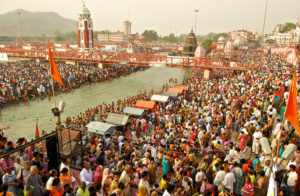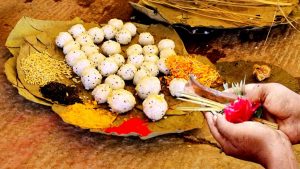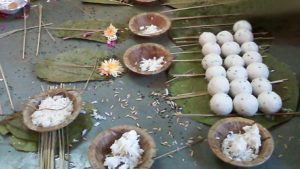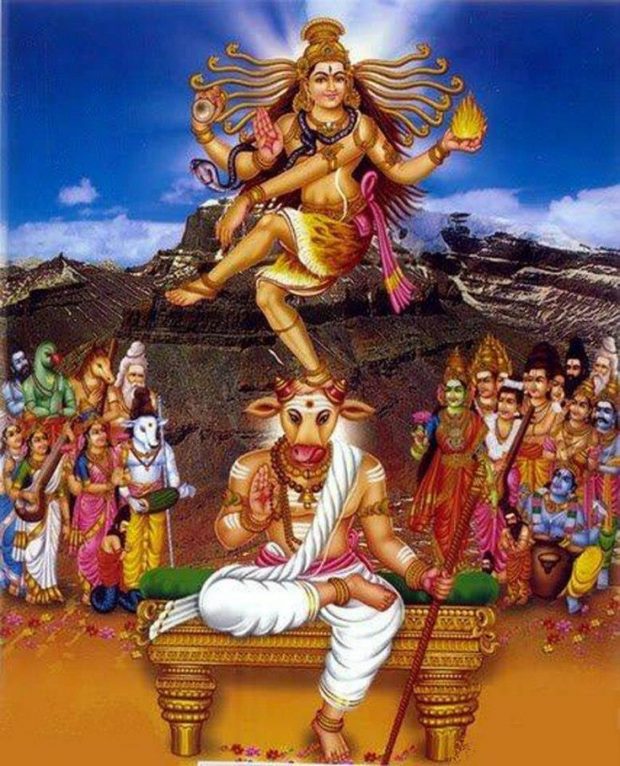Pradosh Vrat and Rituals
Pradosh Vrat
The Pradosh vrat is one of the most revered Hindu vrat (fast) dedicated to Lord Shiva and Goddess Parvati. The Pradosha vrat or Pradosham is observed twice in the lunar month as per the Hindu calendar. The pradhosha fast is generally observed on the Trayodashi (13th day) of both the Krishna Paksha (declining phase of the moon) and Shukla Paksha (growing phase of the moon).
‘Pradosh’ is a Hindi word which literally means ‘the dusk’ or‘the evening’. Since this sacred vrat is observed during the evenings, it is called the Pradosh vrat (fast). Pradosham is considered a holy day, where Lord Shiva and Goddess Parvati are believed to be extremely happy and delighted.
According to the famous ‘Skanda Puran’, there are two different ways of observing the Pradosh vrat (fast). One way involves the strict fast of a devotee, who observe vrat for an entire day ( 24 hours), which includes staying awake the whole night. The second method the fasting is observed only in the day time, the period from the sunrise until the sunset, after which the fast is broken on worshipping Lord Shiva.
Rituals in the Pradosh Vrat
The twilight period, just before sunrise and sunset is considered to be very auspicious on the eve of Pradhosham. Special prayers and pujas for Pradhosha are performed only during this hour of the day. Devotees usually bathe and get ready at least an hour before taking part in the sacred pradhosha pooja performed in the evening.
A routine puja is performed initially where Lord Shiva, along with Goddess Parvati, Lord Ganesh, Lord Kartik and Nandi is worshipped. The special pradhosha rituals are performed after this, where Lord Shiva is invoked in a sacred pot or ‘Kalasha’. This holy Kalasha is placed on the darbha grass and is filled with the holy water.
Shivlinga, which is the symbolic representation of Lord Shiva is worshipped in many temples during Pradhosha. Special rituals such as the Abhishekas are performed on the Shivalinga with substances like milk, curd and ghee. Various mantras are chanted and the holy puja is performed to please the deity. Devotees also offer the sacred Bilva leaves to the Lord on the Pradhosha day which is considered auspicious. Few devotees worship the picture of Lord Shiva at their homes during Pradhosham.
Once these rituals get over, devotees listen to spiritual talks by religious scholars, explaining the various tales associated with Pradosha and the holy vrat. Tales from Shiva Purana are also discussed in detail. The Maha Mrityunjaya Mantra is chanted 108 times. The holy water from the Kalasha is sprinkled over the devotees after the Pradhosha pooja. Devotees also apply the sacred ash on their forehead considering it a prasad from the deity. It is recommended to light a single lamp on Pradosham in the temple, which is considered auspicious.
Reach us to be a part of our whatsapp spiritual reminder group








